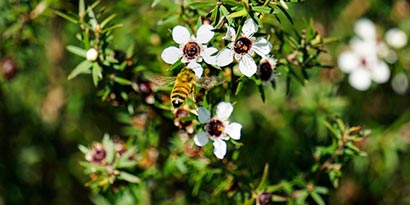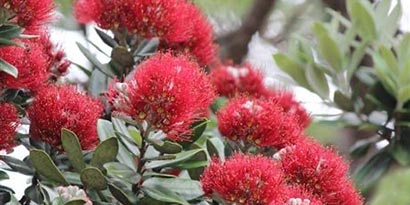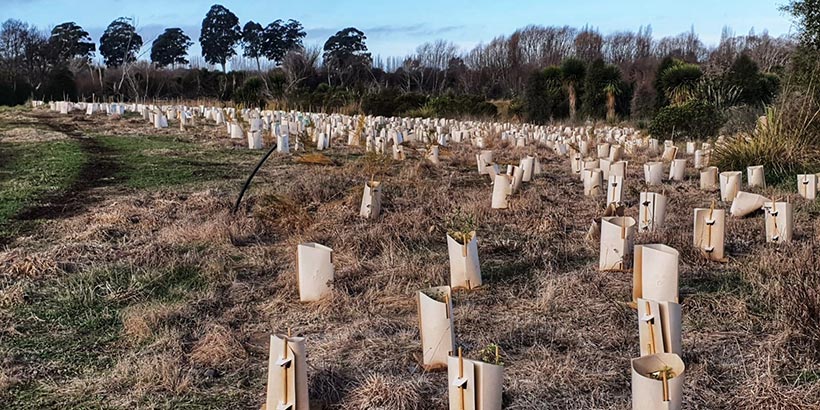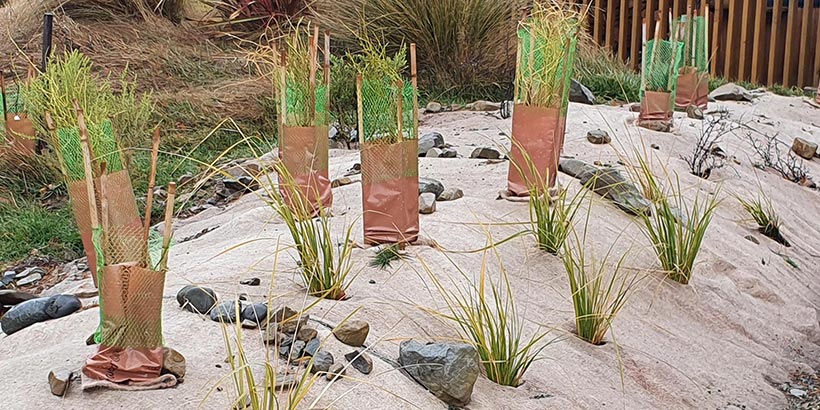- Track your orders
- Save your details for express checkout
- Join our loyalty points scheme and receive points and future discounts with every purchase







| Where there are high winds or the plants are in an exposed area, ensure that you choose a durable plant guard and consider adding an extra stake to your plant guard for reinforcement. | |
| Where there is potential for flooding, ensure the guards are correctly installed and sturdily held down. Where there is strong currents, it is often hard to stand strong against this type of natural force, however a mesh guard could be worth considering. | |
| Hot sun can have a detrimental impact as plants grow. In this case, consider using an open mesh guard to allow air flow or a biodegradable guard which creates its own microclimate. If you are using sprays, try a guard with closed sides and open the punch holes on the side of the guard for airflow after you finish spraying. | |
| Coastal planting can be threatened with harsh salt wind and sea spray. A solid guard works well in this application with a minimum of two stakes for reinforcement against the winds. The height of the guard will be dependent on the height of the plants you are protecting. |

 |
For natives grasses such as Caryx varieties, a smaller pre-assembled guard works well as can be easily installed and removed later. |
 |
For the small to medium plants such as Lancewood, Kanuka & Manuka, a wrap around or pre-assembled guard will work well. |
 |
For the larger plants such as Griselinia, Pohutukawa or Fruit trees, the wrap around guard is the recommended option for ease of install. |

